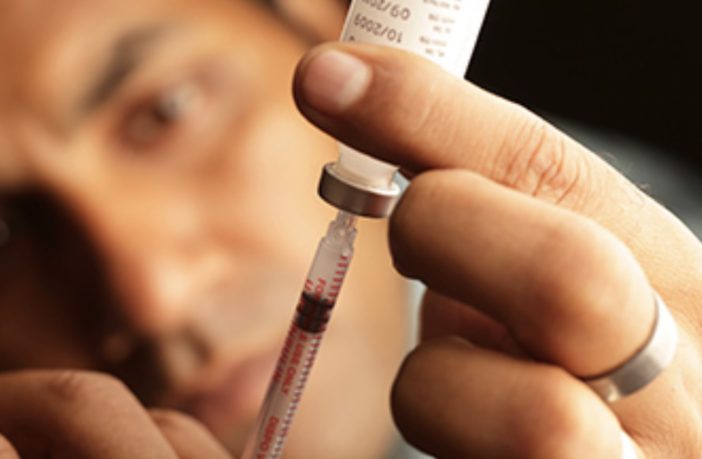By Deborah Bailey,
Corresponding Editor
During the 2023 State of the Union Address, President Joseph Biden called on Congress and America’s pharmaceutical companies to cap the price of insulin at $35 per month for the 30 million Americans who are diagnosed with diabetes and dependent on the drug to control their symptoms.
“There are millions of other Americans who are not on Medicare, including 200,000 young people with Type I diabetes who need insulin to save their lives,” Biden said.
Let’s finish the job this time. Let’s cap the cost of insulin at $35 a month for every American who needs it,” Biden continued.
The cost of insulin has now been capped for seniors on Medicare, thanks to the Inflation Reduction Act, signed into law by Biden in August. The insulin cost saving cap for Medicare seniors started in January of this year.
But with close to 37 million diabetic Americans, according to the CDC, there are still millions of American diabetics paying high out of pocket costs for a life-saving medication.
While Congress has yet to organize a legislative strategy to pass legislation placing price caps on insulin in 2023, Eli Lilly, one of the nation’s largest pharmaceutical companies has heeded Biden’s call.
On March 1, Eli Lilly announced they would lower the price of insulin by 70 percent and cap out of pocket costs for the drug at $35 per month.
Eli Lilly’s biggest revenue generator is the insulin drug Trulicity, used by more than 2.8 million adults, according to the company’s website. It is an injectable diabetes medication, and the pharmaceutical company’s highest performer, netting Eli Lilly $7.4 billion dollars in revenue 2022, according to Statista.
The National Medical Association is America’s largest Medical association representing black doctors and their patients. The organization welcomed the announcement by Eli Lilly, but conceded the announcement was akin to a patch placed over a gaping, open wound.
“While this is a move in the right direction, let’s be clear, this is a Band-Aid for a situation that requires sutures. The cost of life-saving prescription drugs is skyrocketing at an astronomical pace,” said Garfield Clunie, President of the NMA in a statement.
The National Medical Association statement said that Americans pay “5 to 10 times more” for insulin than a host of other countries such as Canada, The United Kingdom and Japan.
The price of insulin has skyrocketed in recent years, causing a crisis for many patients who can’t afford the medication.
A study published in The Journal of Health Affairs JHA described patient expenditures for insulin as having doubled “posing substantial financial barriers to patients in the US,” according to Baylee Bakkila, Sanjay Basu and Kasia Lipska, the study’s authors.
The JHA study referred to the “catastrophic spending on insulin in the United States,” mentioning more than 1.2 million Americans, most of them Medicare beneficiaries, were subject to unaffordable and unsustainable insulin costs.
The Biden administration has also flagged the astronomical rise in prices of insulin in the US vs.other countries.
“For too long, American families have been crushed by drug costs many times higher than what people in other countries are charged for the same prescriptions,” said Biden.
In 2022, The U.S. House of Representatives proposed The Affordable Insulin Now Act, an unsuccessful attempt to bring down the high cost of diabetes drugs for the nation’s millions of diabetics of all ages.
While The Affordable Insulin Now Act passed the House of Representatives in March of last year with the help of 12 Republican Congressman, the legislation failed to reach the required 60 vote threshold needed in the Senate to move forward.
The measure would have capped prices for insulin at $35 per month for all diabetics who needed it.
According to the Centers for Disease Control 37 million Americans, or 11 percent of Americans have diabetes. The disease is costing an exorbitant amount in direct medical costs, $237 billion, as well as $90 billion in lost productivity.
The U.S. Office of Minority Health reports 13.4 percent of Black men and 12.7 percent of Black women have been diagnosed with diabetes. Combined, their rate is 60 percent higher than that of white people.



